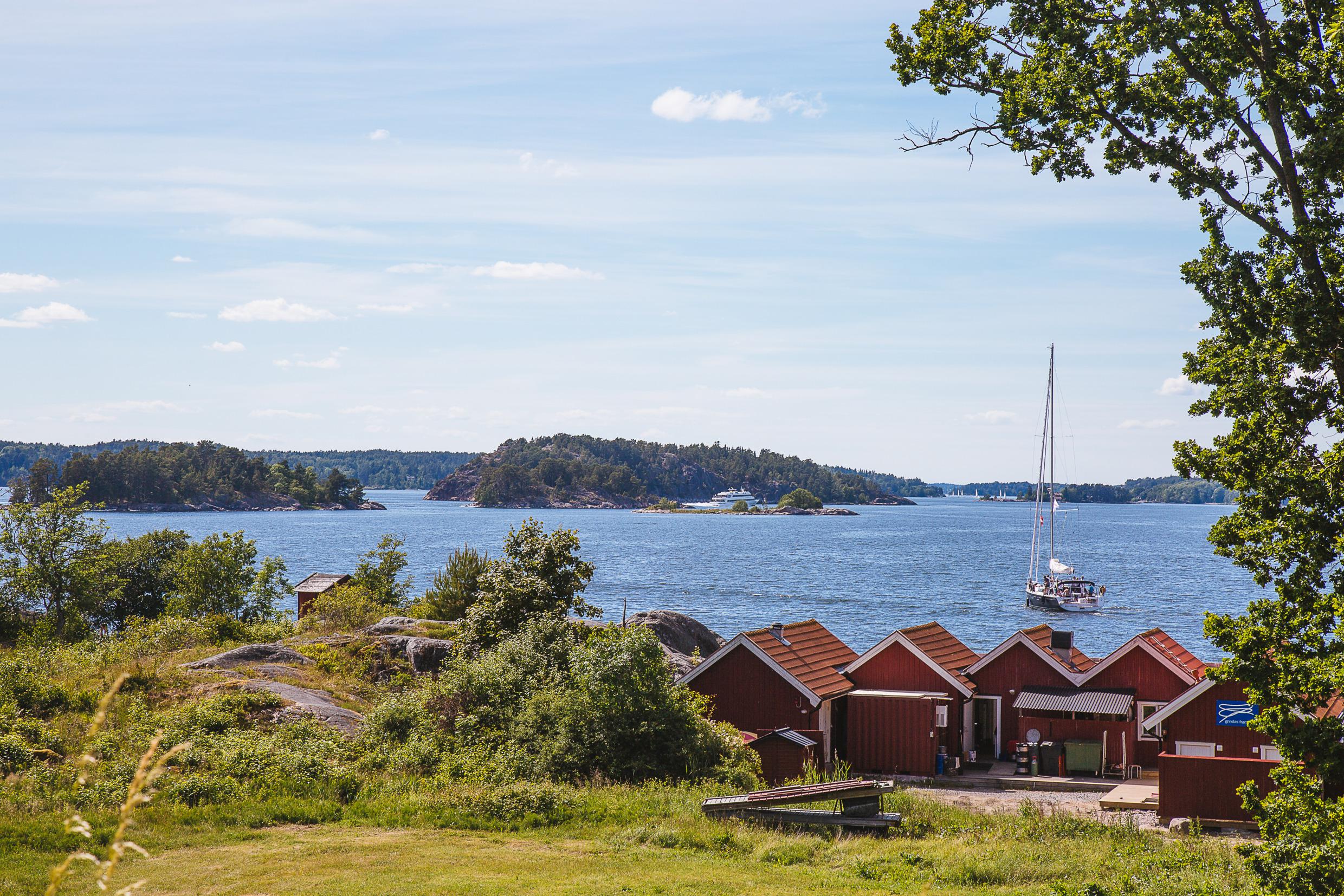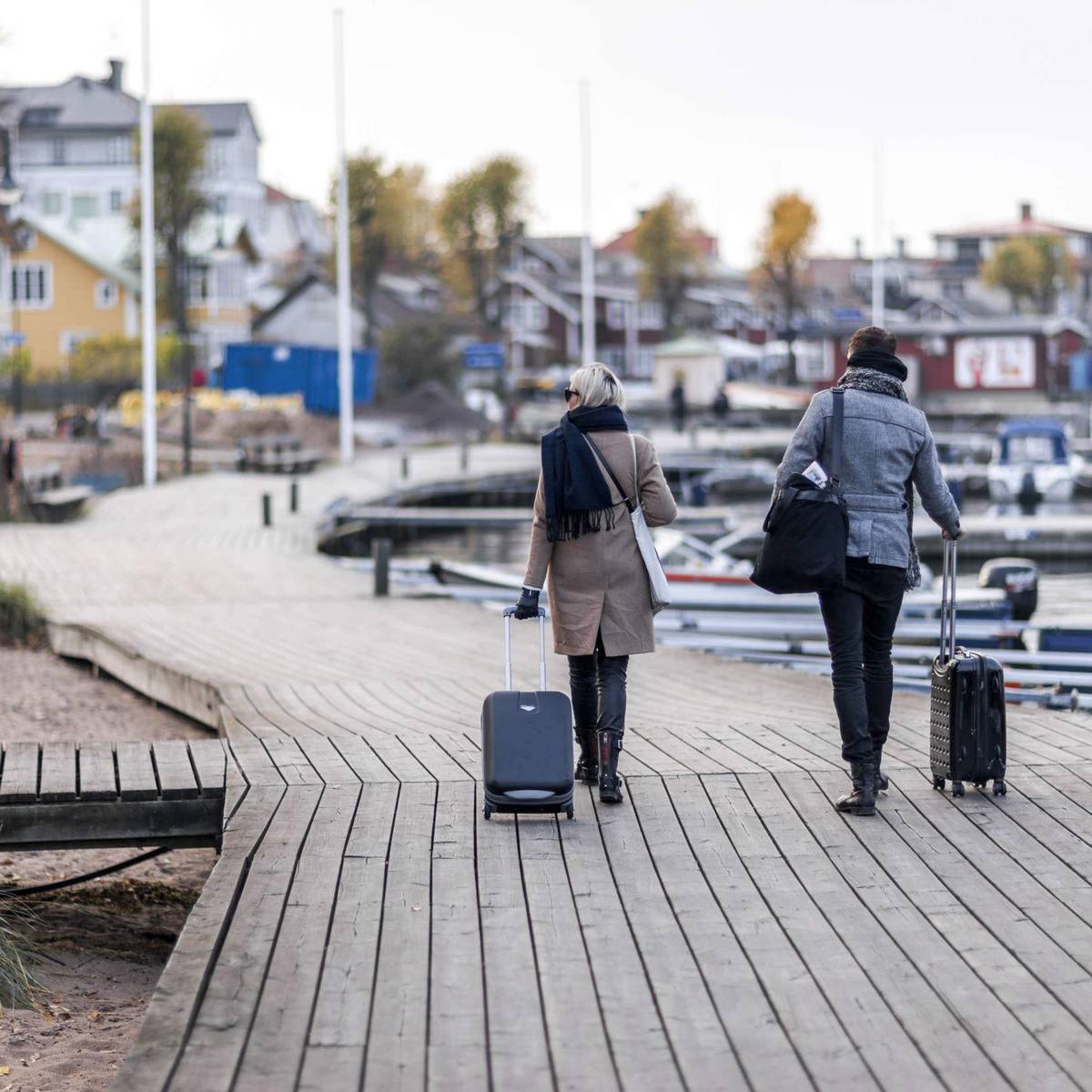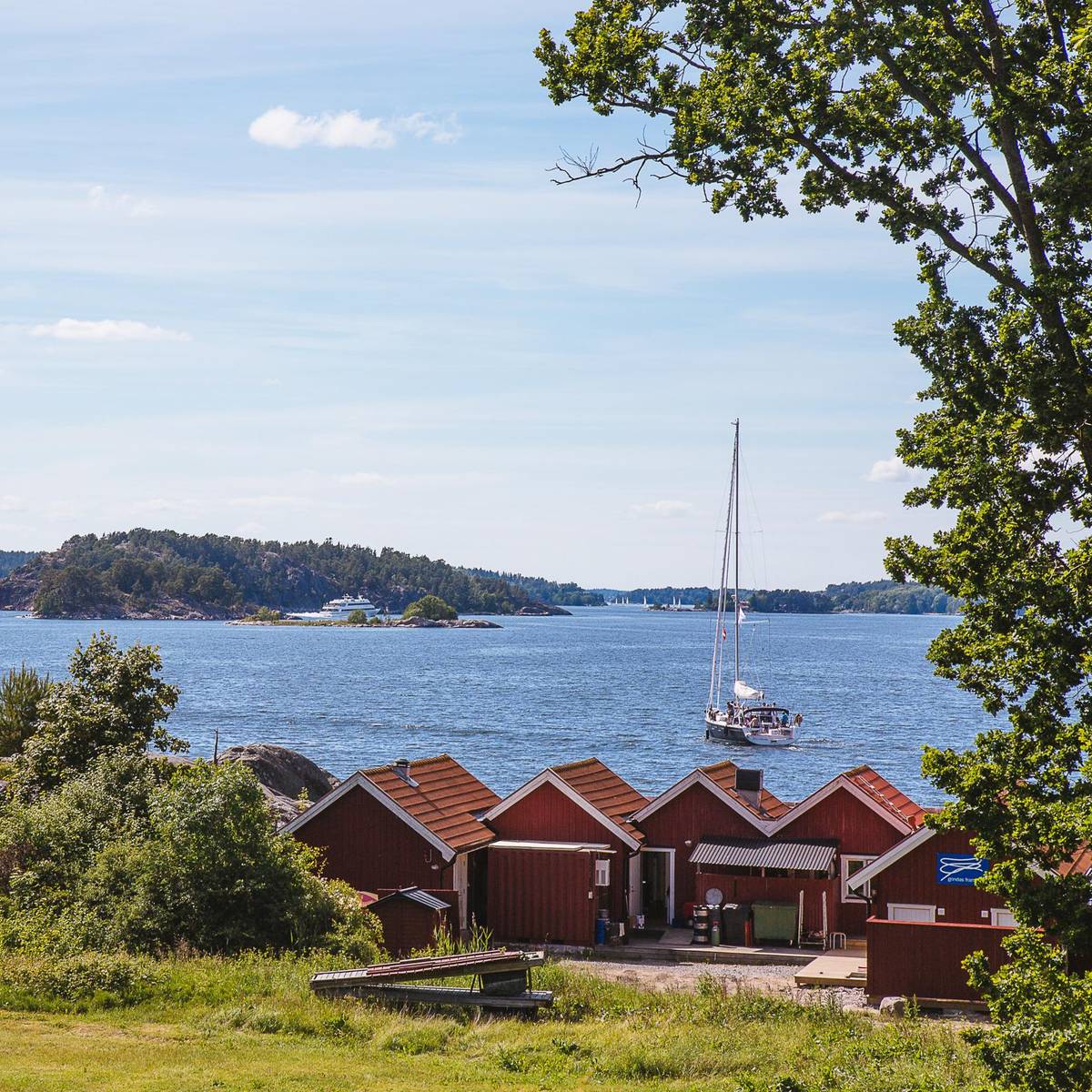Where to eat
You will not go hungry during your visit, since there are several places to eat in the Stockholm archipelago. The bigger islands, like Vaxholm, Värmdö and Utö have a range of restaurants, bars and cafés to choose between. The smaller islands may have a narrower selection, but the love of quality food is just as great.
On the island of Tranholmen, David Enmark has turned his home into a restaurant – DavidAtHome. David welcomes around 40 guests every Friday evening. The restaurant is closing around 10 pm, when the last boat leaves. The menu is based on locally produced ingredients that’s in season, which supports David’s philosophy to reduce food waste. Dinners here get booked up very quickly, so book a table well in advance.
If you’re looking for a different archipelago food experience, pay a visit to Artipelag Restaurant. It's located on the coastal egde of Värmdö, with panoramic windows overlooking the bay Baggensfjärden. The menu is inspired by the surrounding nature and seasonal products. Artipelag is also an art museum, offering exhibitions related to art, architecture and nature.
On the small island of Grinda there is an inn called Grinda Wärdshus. It offers a traditional menu with a genuine archipelago atmosphere. The restaurant serves food that once characterised life among the islands, but with a modern touch. Try their Toast Skagen, Swedish meatballs or fish dishes. In the summer, the inn also operates a drop-in restaurant in the harbour, with a simpler menu, and a grocery store.













